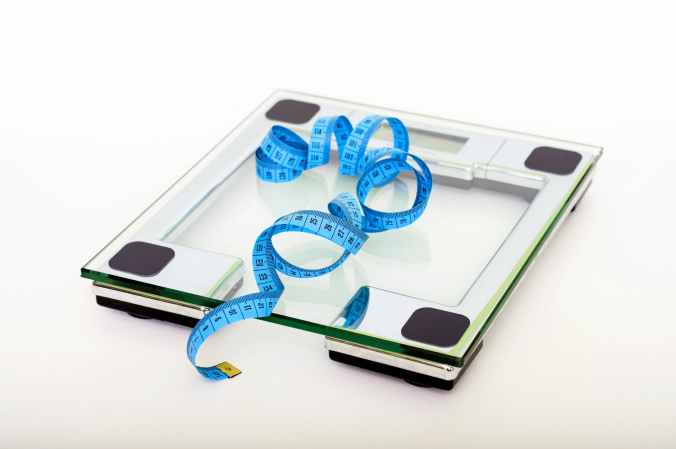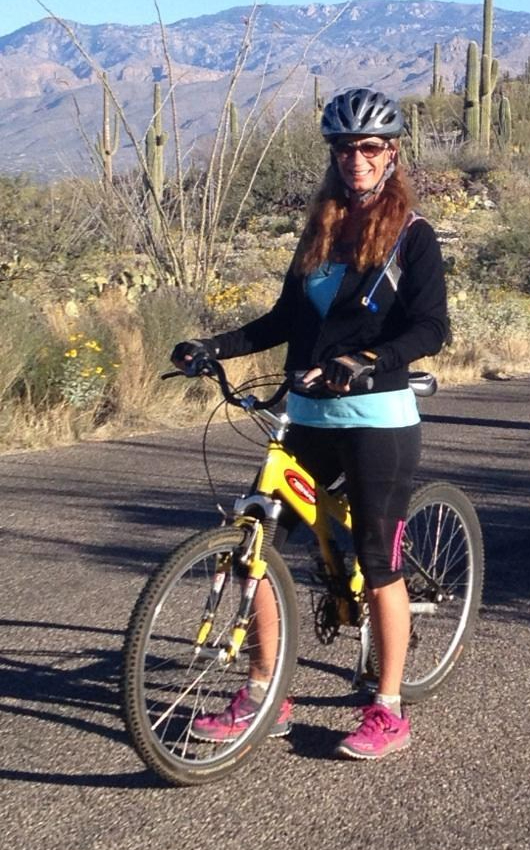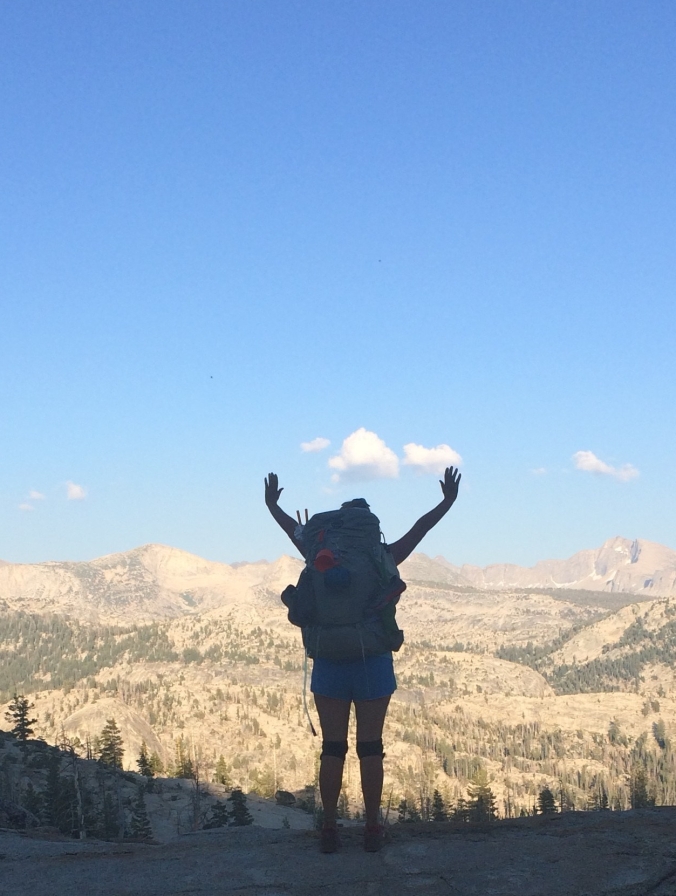
Backpacking can be incredibly exciting while seeing untouched outdoor locations. Putting all the gear together can be costly to start. Carrying it all can be heavy but not having it is the difference between loving your experience or never wanting to go again. So, the preparation with through thought and a bit of anticipation that you will eventually need everything for a longer thru-hike is a great starting place. Or you could be like Gwen and I who set our sights on a goal of 200+ miles through the wilderness for our first major thru-hike. I had back packed before the John Muir Trail (JMT) but only for weekend outings that my aged exterior framed backpack that only held weekend supplies would never do for a 20-day hike on the JMT. And it also meant that my day pack for those weekly outings in our local areas wouldn’t do either as it only holds my water supply and snacks for a day hike.
Gwen and I had to gear up for a major thru hike and we were basically starting from scratch. The debate between ultra-light and not so ultra-light is yours to have with yourself. We had our own internal and external arguments about this topic but the 20 days on the trail ended up being the experience we needed to make up our minds. There are great reasons justifying either position. Being somewhere in the middle for weight could be a happy medium. The idea that makes weight a considerably important thought is “grams equal ounces, ounces equal pounds and pounds equal pain”. With that in mind I’m sure you’ll come to your own comfort level. And whatever weight you choose remember you will feel it all as you hike the trails your planning on exploring.
Buying your gear is making a financial commitment to your new-found passion. The physical training flowed easier for me after I spent all the money in preparation for our through hike. I also realized once you are all set up and dialed in with your gear it will serve you well if you take care of it. There are big ticket items that you just don’t want to skimp on like your bedding (a bag or quilt), your bed pad you sleep on to insulate from the ground you are laying on and your tent. But most importantly is the back pack you choose to put it all in because everything you need will be on your back. To be accurately fitted for your pack and it being the size you will use now and in the future, is important.
GEAR LIST:
Big ticket items ….
Tent- I chose a 2-man tent because I liked the extra room and didn’t mind the extra weight

my home away from home
Back pack – get fitted at your outdoor shop
Sleeping bag or quilt -make sure you get one that the temperature will be right for your environment you will be in-sleeping bag liners can add additional warmth
Sleeping pad -the R value is important to your level of warmth at night (the higher the number the greater the warmth) and the thickness of the pad equates to your comfort
Not such big-ticket items ….
Stove -the Jet Boil is super-fast and kinda big compared to the pocket rockets sold on line that easily screw onto the fuel can while taking up little space in pack because they can be stored in a stainless-steel cup that you use for water boiling.
Water filter –Katadyn is super-fast, but bulky compared to the mini sawyer. For a thru hike I recommend the Katadyn and the mini sawyer as a backup water treatment.
Water source containers -these could be bladders or bottles. I prefer the 32 oz. bottles with the adaptor on the top that has a mouth piece and a hose that screws on in place of the cap. There are available on line and they save space in your pack because they can be stored on the outside of it verses the bladder on the inside. Exterior bottles it is easier to monitor your water supply while hiking.
Trekking poles – These are multi-functional for better use of physical energy. They improve your cardio work out and aid in over balance on rough terrain. They also reduce weight on knees 30% and help to slow or reduce fatigue (the power lock poles versus the screw type are better). It is also a suitable place to wrap your duct tape or medical tape supply around so that you will have it for repairs if need. Duct tape and a sharpie are musts for day hikes to thru hikes. Sharpies are great for first aid to mark injury times and monitor swelling.
Of course, you will also need a means of navigation (a map or gps-I used Inreach Garmin with 2-way communication via satellite and down loaded maps-that is a big-ticket item), permits if required and a journal with means to write. Your clothing should be in layers for all different types of weather, wicking and include Merino wool as it doesn’t smell after days of wearing it. I like to hike in running shorts and tank tops which are easy to wear under long pants and additional top layers if needed. I wear one set of clothing and then I can wash out the other, so I always have a clean (relatively) set of clothes. Clothing also consists of sleepwear (merino wool tights, t-shirt and undies-2 pair one to wear and one to wash out), down jacket, rain jacket, beanie, sleep socks (super comfy and they add warmth), hiking socks (again two pair-one to wear and one to wash out) and gloves. I also have one pair of long pants and one long sleeve shirt.
You will need fuel, water proof matches and a lighter. Make sure you have a basic first-aid kit and include lots of Ibuprophen or Tylenol for the aches and pains of thru-hiking. I liked to sleep with ear plugs too. A flashlight and head lamp are also important. There are solar light-weight lanterns out now that are awesome. Extra batteries weigh but you’ll need them unless you have a solar charger (another big-ticket item). A Swiss Army or Leatherman knife with multi-tools is a must and consider its weight. The stuff sacks available make organization of your supplies, clothes and toiletries much easier. Sunscreen, lip balm and dehydrated baby wipes reduce weight and make clean up without water at least feel fresh. And a quick -dry towel and washcloths are a must for bathing with bio degradable soap. I also like a bandana tied on my pack for a sweat rag. A spork to eat with is essential as is a bear canister in bear country or a sack for food to hang in a tree and then you’ll need rope (nylon or light weight at least 50’) which is a must anyways for a clothes line, swift water crossings or other applications.
Your foot wear is extremely important and should be worked out prior to long hike. I preferred light weight trail runners, not boots, but everyone is different. A pair of camp shoes that can double as water shoes is nice to give your feet a break. A poop bag is handy so not to pollute the outdoors. I make mine out of hardy Ziplocs covered in duct tape (so not to see contents) …it really only holds used toilet paper. A wag-bag is a whole different story that those who have done Mt. Whitney are well aware of wag-bags. You will also need a shovel to dig your potty holes. They make very light weight shovels. And extra Ziplocs are useful for your trash. Bear spray (if allowed) is weighty but it works, and insect repellent is also good to have. Pre-spraying Permethrin on all your clothes, sleeping bag, tent and backpack works well for insect repellent.

Pocket rocket with coffee cups waiting for a fill up
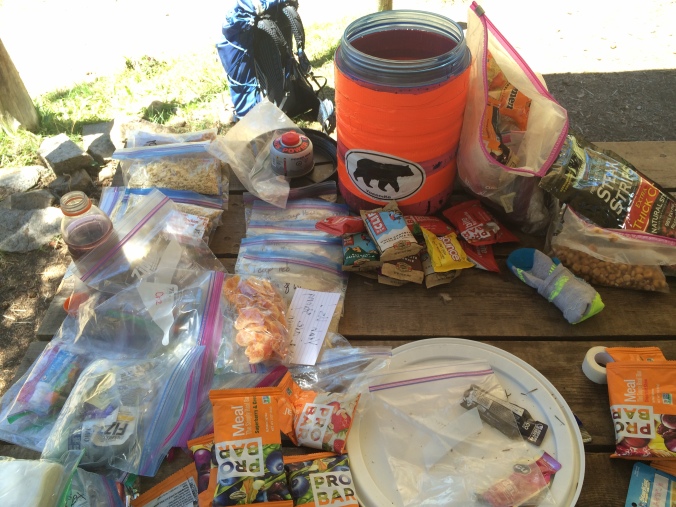
Re-supply time…it all had to fit in the bear canister
Food:
NOTE: It is important to taste your food before that is all you have to eat in the middle of no-where and you figure out you don’t like it!
For a general rule of thumb your food choices should have at least a 100-calories per ounce of food. Your daily consumption of food on trail will go up with your calorie burn through exercise. I liked to have three meals, two of them hot (breakfast and dinner), and as many as three snacks plus gummies or blocks for the demanding summit climbs.
If carrying a bear canister all your food needs to be re-packed to fit into the canister. Ziploc freezer bags are great for dual purpose of re-packing and then to cook the food in them. The dehydrated food can be re-hydrated in the freezer zip locks by just adding water to it. I love oatmeal so that can easily be my breakfast every morning. You can add nuts and dehydrated fruits as well as protein powder to your oatmeal to make the calories count and the taste better if need be. I also like my tea with sweetener every day and Gwen enjoys a cup of coffee with instant breakfast in too for flavor and additional protein.
My lunches are “pro bars” that are packed with calories and small to carry. My snacks are an assortment of protein bars I have come to love. Peanut butter Balance bars are my favorite. And Cliff Bloks were imperative to my ability to make it up and over summits. I love these too – energy jelly beans or PRO BAR gummies. They are all made for “during workouts” with high carbs for quick energy. They work well. And they taste yummy too!
The tuna packages are also great for lunch and tortillas with preservatives last a long time. Peanut butter and jelly in small packages are also yummy on tortillas.
Electrolytes can prevent cramps so supplement your diet with while hiking. I like the water flavor types that come in small squeeze bottles but there are many types to choose from. I recommend you use electrolytes at least one time daily. Again, pre-taste them too.
I bring additional salt packages but that is just me. I did find day in and day out that Top Ramen for dinner is yummy, but the entire season package contains a lot of salt, so I ultimately used only half of that at dinner or I would be thirsty all-night long.
This list is not inclusive of all that you should bring but it a good place to start if you have never gone backpacking before. Experience is the best teacher but being over prepared is better than under prepared when you’re in the back country. Hiking with a buddy can reduce weight you each if you can share. Hopefully this is helpful and useful information.
May all your trails be happy!
-Kat
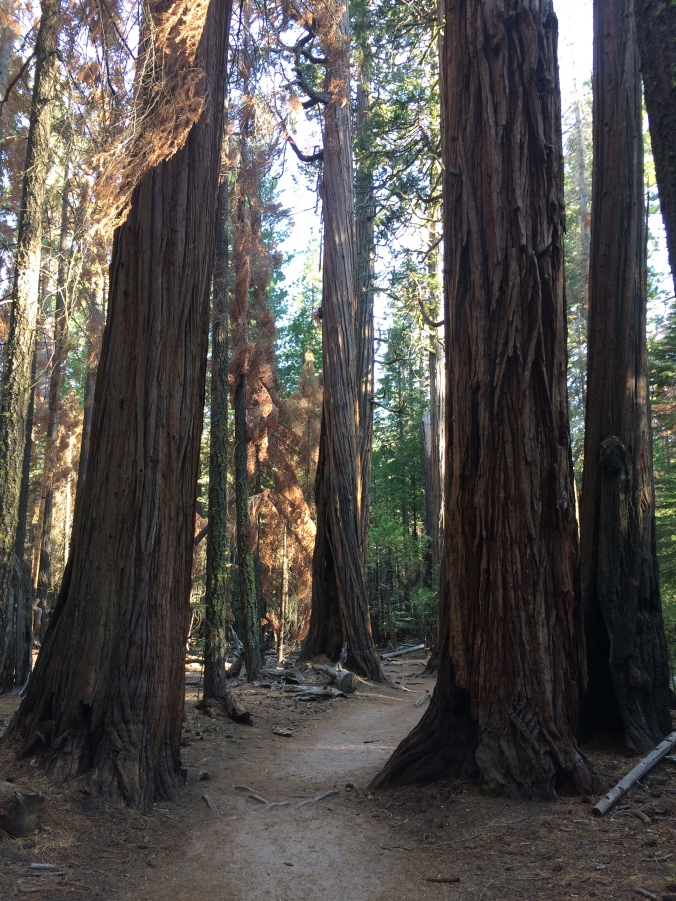
Walking through some of the big ones on the JMT
